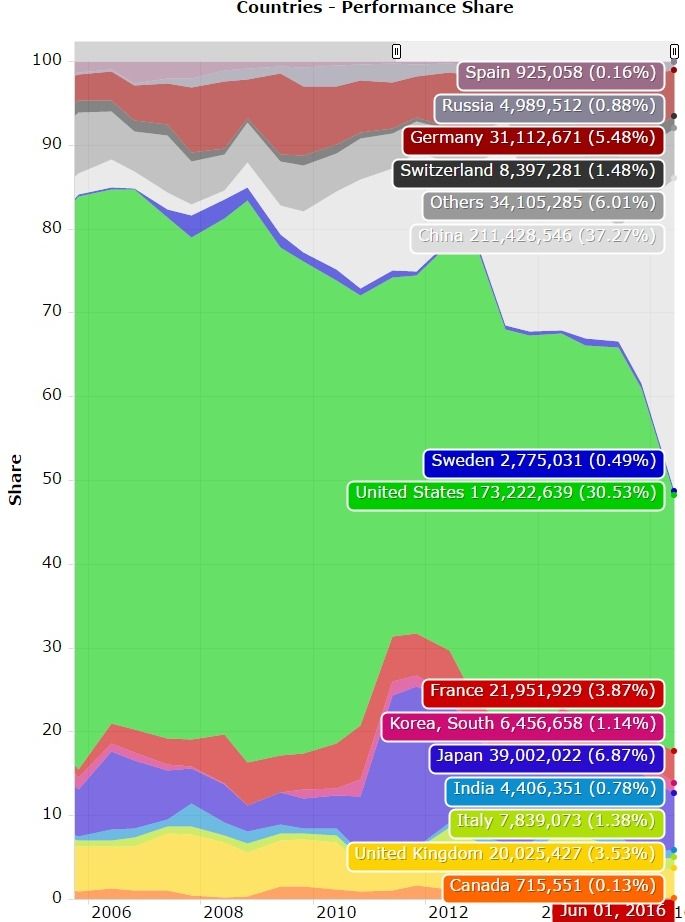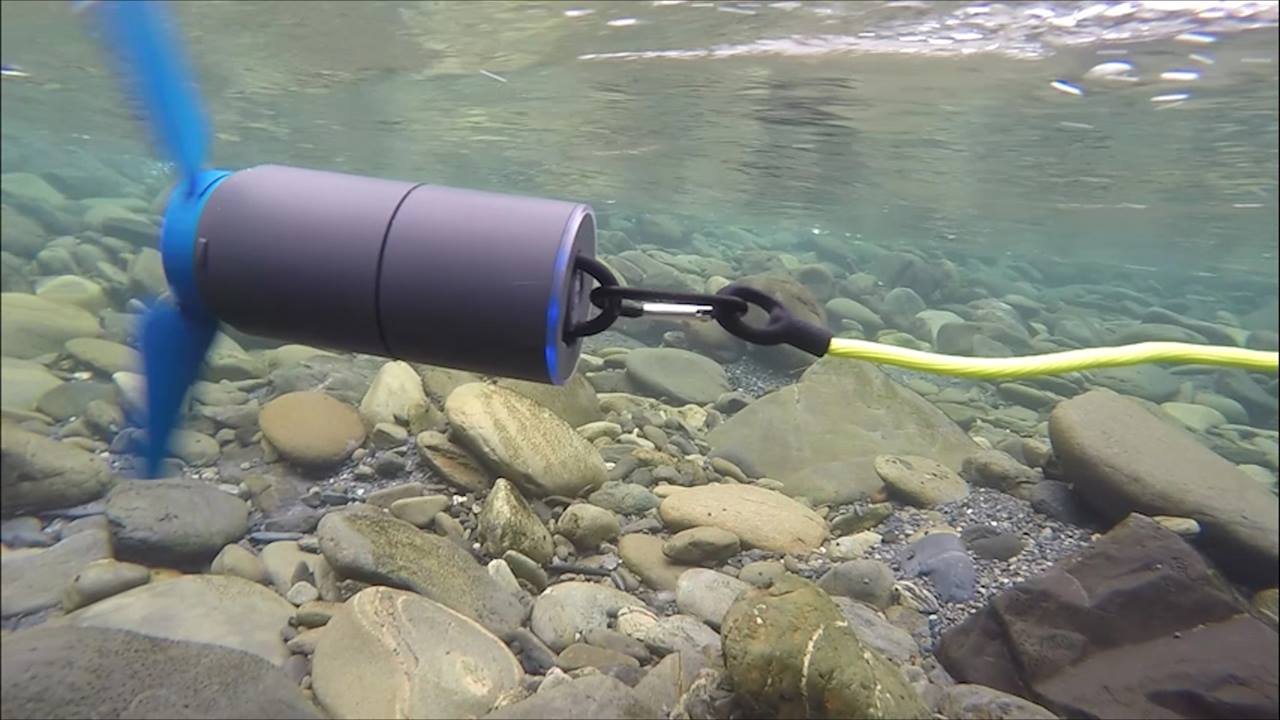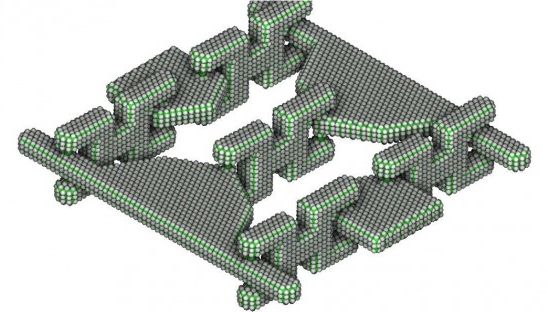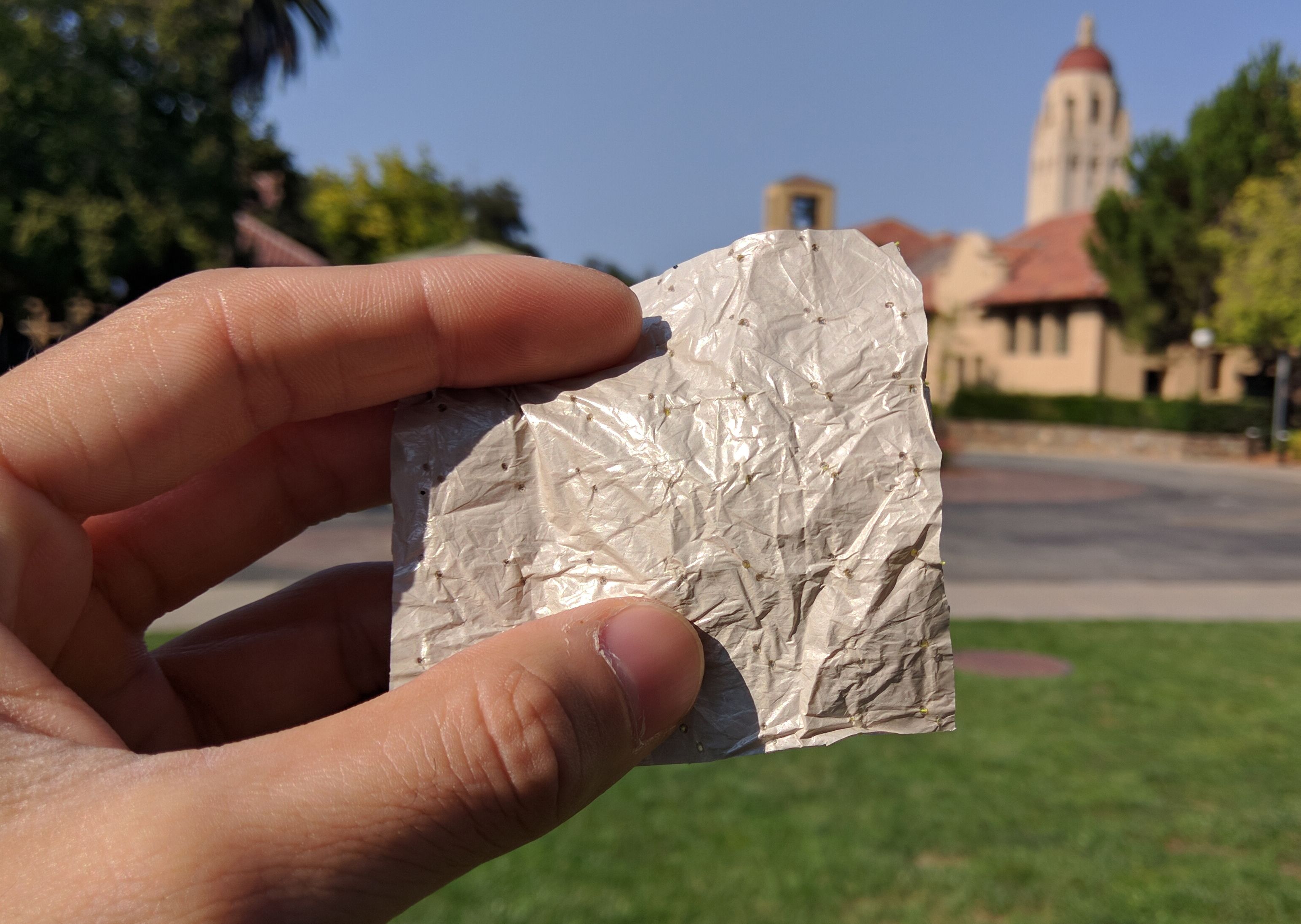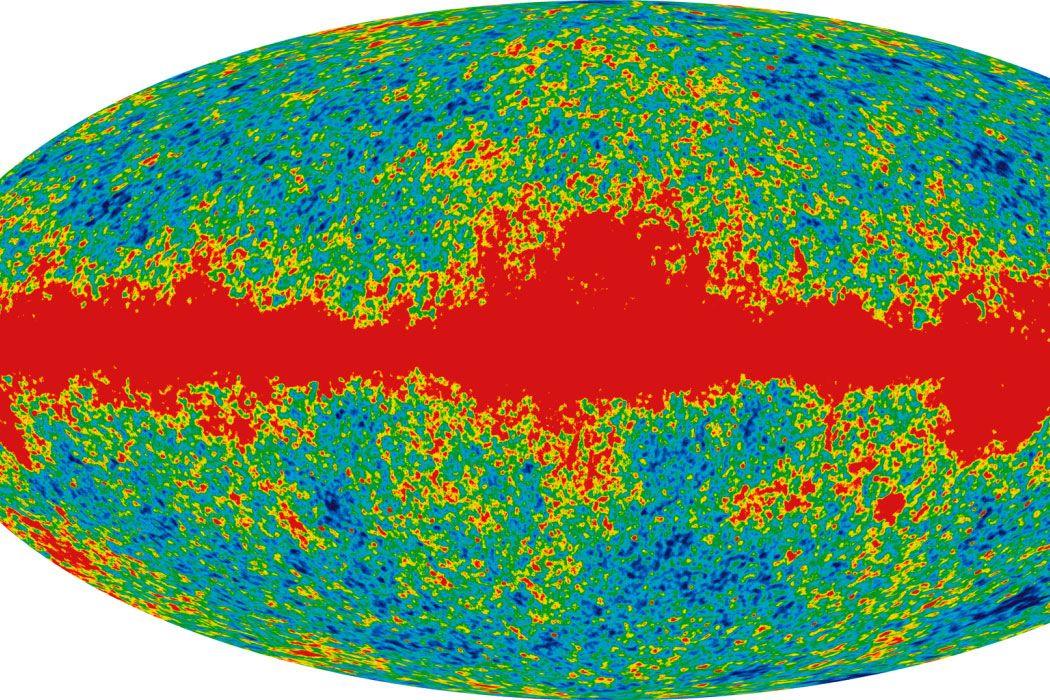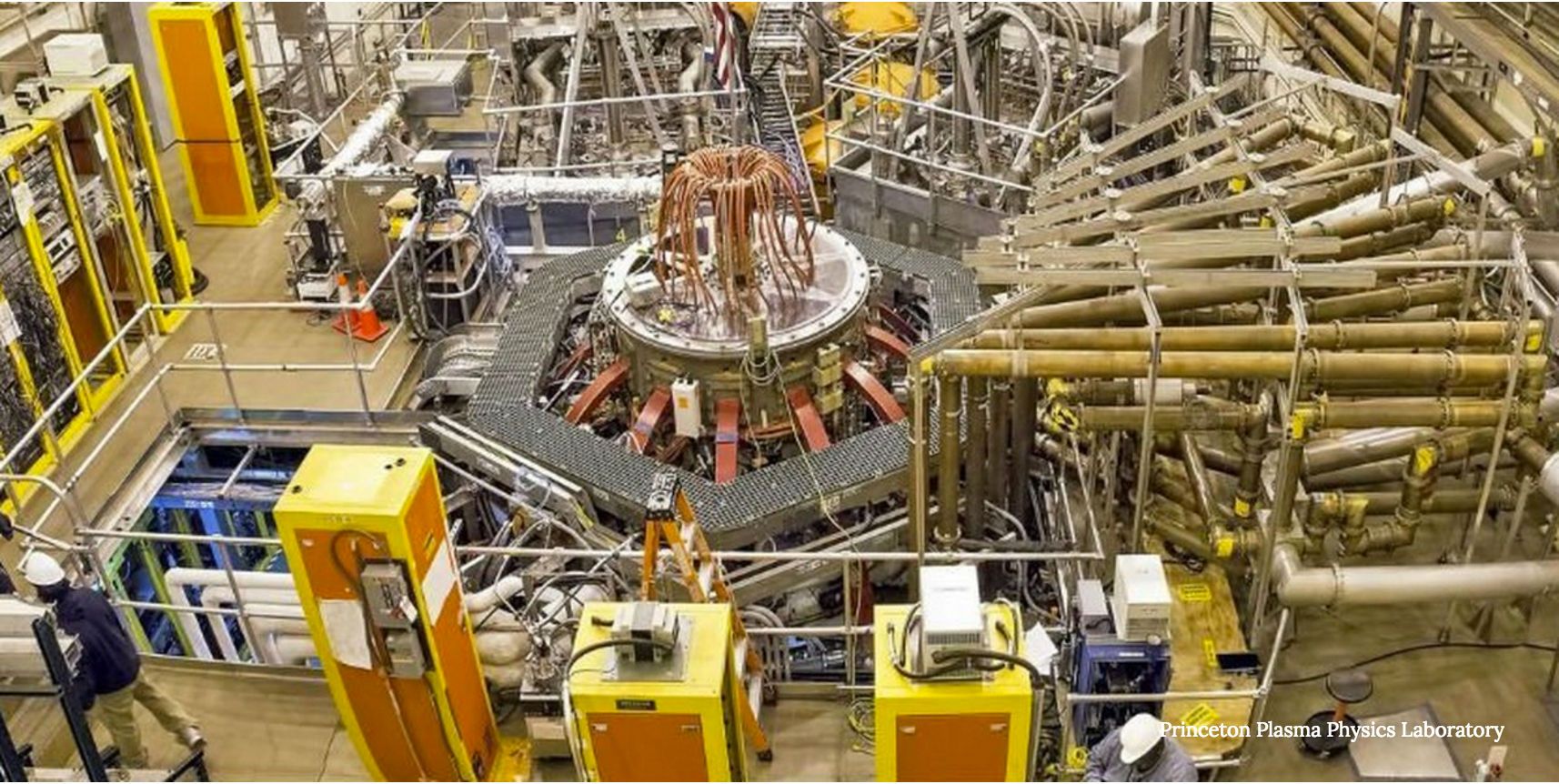Sep 9, 2016
Time crystals might exist after all
Posted by Andreas Matt in categories: energy, mathematics, physics
(Phys.org)—Are time crystals just a mathematical curiosity, or could they actually physically exist? Physicists have been debating this question since 2012, when Nobel laureate Frank Wilczek first proposed the idea of time crystals. He argued that these hypothetical objects can exhibit periodic motion, such as moving in a circular orbit, in their state of lowest energy, or their “ground state.” Theoretically, objects in their ground states don’t have enough energy to move at all.
In the years since, other physicists have proposed various arguments for why the physical existence of time crystals is impossible—and most physicists do seem to think that time crystals are physically impossible because of their odd properties. Even though time crystals couldn’t be used to generate useful energy (since disturbing them makes them stop moving), and don’t violate the second law of thermodynamics, they do violate a fundamental symmetry of the laws of physics.
However, now in a new paper published in Physical Review Letters, physicists from the University of California, Santa Barbara (UCSB) and Microsoft Station Q (a Microsoft research lab located on the UCSB campus) have demonstrated that it may be possible for time crystals to physically exist.


